How to Stop Mould Growth
Sometimes we can be unaware of how certain habits we have can contribute to experiencing the issues that mould brings with it. We speak for everyone when we say mould should be as far away from our homes and places we frequent, as much as possible.
So with that being said, in this blog, we will provide guidance in how to stop mould growth.
With new buildings being made to be as energy efficient as possible, and the UK aiming for 95% of its electricity usage to be low carbon by 2030, it is imperative to understand how we can make the most of our ventilation. This is where heat recovery ventilation units come in.
To prevent mould, fresh air should constantly be introduced into your dwelling daily, as it helps to regulate temperature and reduce condensation. Introducing fresh air can be as simple as having a ventilation routine, or installing extractors or MVHR units. Almost all of this is facilitated by ducting.
At I-Sells, all things ventilation and ducting related is our speciality, and we are here to answer the questions we know are common for those new to HVAC and what it encompasses.
Can Mould affect my health?
Yes. Mould can affect your health, but it is dependent on your level of sensitivity due to a mould allergy. Depending on the severity of your allergy, mould can take days or even months until you begin to feel the effects of it. You should not be amongst mould, and aim to get rid of it immediately, as it can be known to affect people’s health or intensify health conditions if you have a mould allergy.
Here are some signs that mould could be impacting you. It is more relevant if you didn’t have any of these issue until you had extended periods amongst mould.
- Hair thinning/ hair loss.
- Weaker immune system, more obvious if you go from rarely being ill to regularly being ill.
- A lingering cough.
- Unexpected skin rashes.
- A lack of vitality.
- Breathing that is slightly more laboured than usual.
- Breathing in the outdoors is more comfortable, than breathing in the home with mould.
- Regular or increased instances of having phlegm in your throat without any illness or contaminants that affect your lungs such as cigarettes.
These are just a handful of symptoms you can experience with mould allergies.
The most definitive way to understand if these issues are caused by mould, is by spending an extended period of time away from it, if those symptoms go, then you were being affected by an allergy to mould. Additionally, seek your doctor to see if the symptoms you are experiencing are due to other health issues.
Either way, mould should be removed as soon as you notice it. It is not worth the risking of your health, regardless if it is only a tiny bit of mould. It will spread.
How to stop mould growth
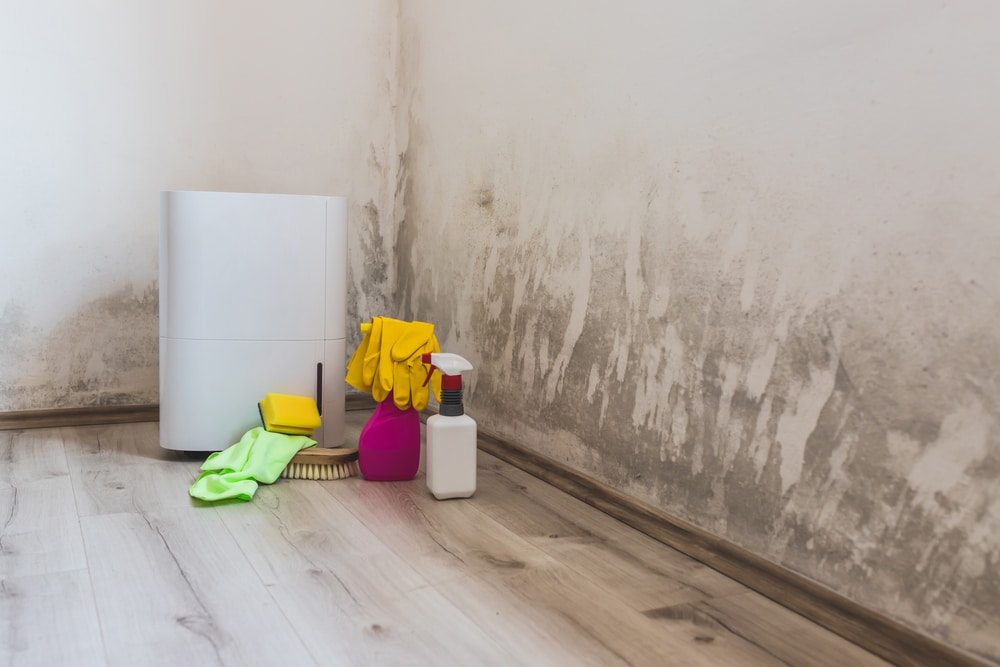
Mould growth can be stopped in three ways, which we will explain in further detail. These ways are…
- Removing the mould with products.
- Fixing the issue that has caused the mould.
- Preventing its growth through employing routine methods.
For any issue with mould, addressing them in the aforementioned order gives you a better chance of eradicating it for good. So, let’s break down these processes further, to help you understand what you can do today.
1. Removing the mould with products
Mould can be removed with products such as a mould surface cleanser. If this it followed by applying an anti-mould paint/emulsion, you are also penetrating the mould deeper and forming a layer over which it will not be able to grow permanently, if the issue that caused it has been resolved.
2. Fixing the issue that has caused the mould
There are a few issues that can cause the growth and continual return of mould. A common issue includes water leaks that can occur from damaged pipes.
As the pipes continue to leak, the water droplets eventually become puddles, which can seep into, and through walls if there is enough present. This means that even if the mould is removed, it can still come back if the issue isn’t rectified.
In some instances, it may be better to use the services of a mould removal expert. These experts can accurately diagnose the source of the mould in your home and can suggest ways to remove it, or offer their services.
3. Preventing its growth through employing routine methods
Preventing mould is fairly straightforward, especially if you have no underlying issues in your home that would cause it. Homes without a susceptibility to mould due to issues, can still fall victim to mould if there is no mould preventing routines practised.
Mould preventing routines include a ventilation routine, this involves opening the windows of your house to allow a consistent flow of air to travel through the house, replacing the humid air with fresher, outdoor air.
You can also do the following things to reduce the likelihood of mould appearing in your home…
- Open windows and use extractor fans/hoods when cooking or showering.
- Wipe down any condensation you find.
- Do not keep a room’s door closed all the time.
- Open windows for a brief period upon waking up and before going to sleep.
- Investing in a MVHR system, which extracts indoor humid air and replaces it with fresh outdoor air, with no loss of heat, is an extremely effecting method. Especially if done in conjunction with the aforementioned tips.
Does MVHR help mould removal?
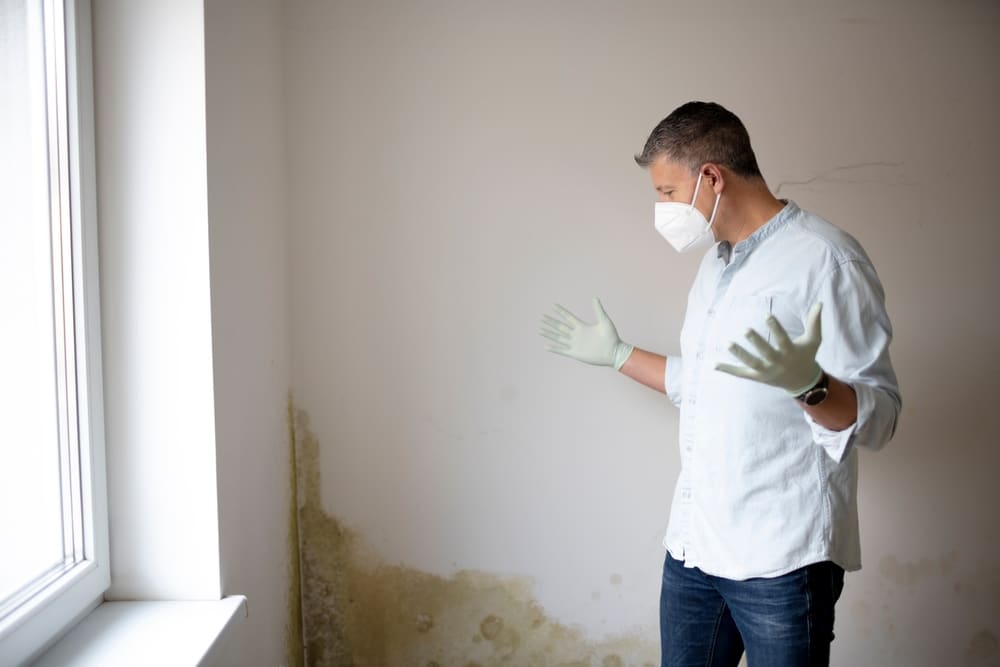
Yes. As we mentioned in our last point, MVHR can prove to be a massive boost in stopping the growth of mould. But what is it?
MVHR, which stands for ‘Mechanical Ventilation with Heat Recovery’ is an advanced form of a ventilation system. Its advancement is characterised by the fact that it can retain the heat in the space it ventilates, whilst simultaneously filling the home with filtered outdoor air. MVHR units are available as a single or a multi-room unit.
Single room MVHR units are ideal for bathrooms or kitchens, whereas whole house units are appropriate for any home, as long as the home is appropriately insulated, you will feel the full effects of the MVHR unit.
The benefits of heat recovery systems are the following:
- Holds all the benefits of an extractor, including the removal of stale air, humidity and smells.
- It helps to prevent the cultivation of mould through the removal of humidity.
- Temperature sensors ensure that additional heat is not being added to the atmosphere of the home if it is already hot.
- Heat recovery systems take a lot of the burden from you conducting a ventilation routine. This is ideal for a vulnerable person.
- Less of a need to use your central heating frequently as the heat generated through your house is recycled through the heat recovery unit.
- The reduced use of heating as a result of the heat conservation granted by a heat recovery unit can help you save on energy bills.
Stop the growth of mould today
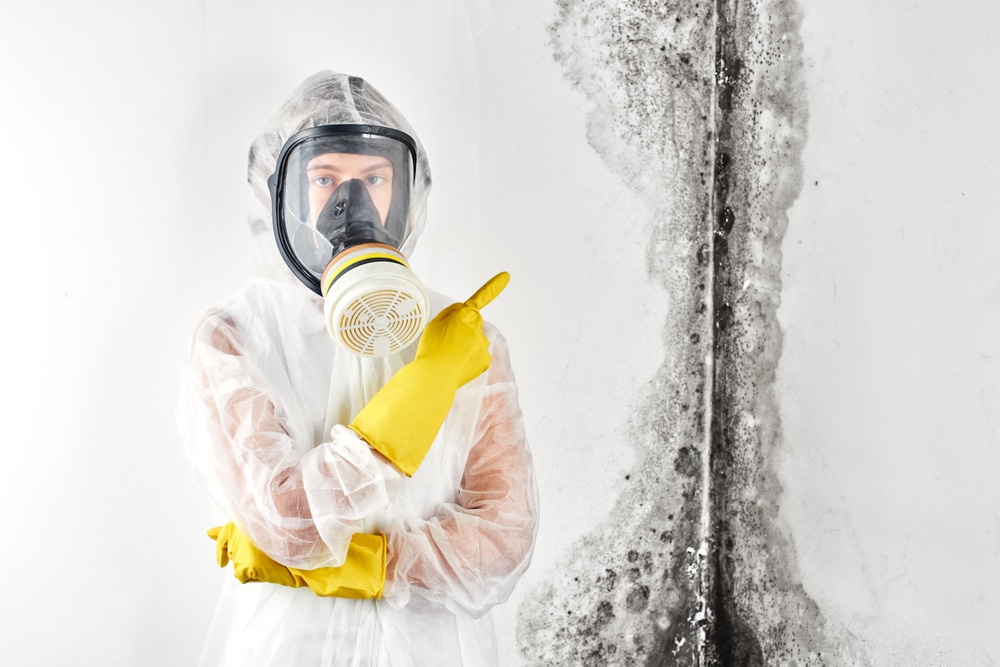
We at I-Sells endeavour to ensure our customers have all the information they require before investing in our mould solutions. Be sure to visit our blog page to learn about the vast array of factors and issues surrounding ventilation, mould, condensation, and much more.
We hope to have shown you how to stop mould growth
We understand you may have more questions, do not hesitate to contact us for more information about whatever you need our help with. If you’d like to email us, click here. For other contact options, see below:
Call us on 020 8463 9696
Visit us at our showroom:
*OPENING TIMES*
Monday – Friday: 8:00 am to 5:30 pm
Saturday: 9:00 am to 12:00 pm
Sunday: Closed
15 St John’s Parade
Sidcup, Kent
DA14 6ES
United Kingdom


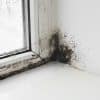
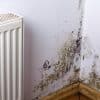


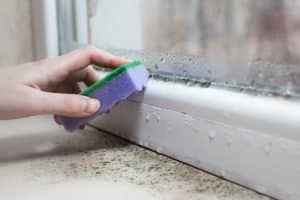






















Add comment
You must be logged in to post a comment.